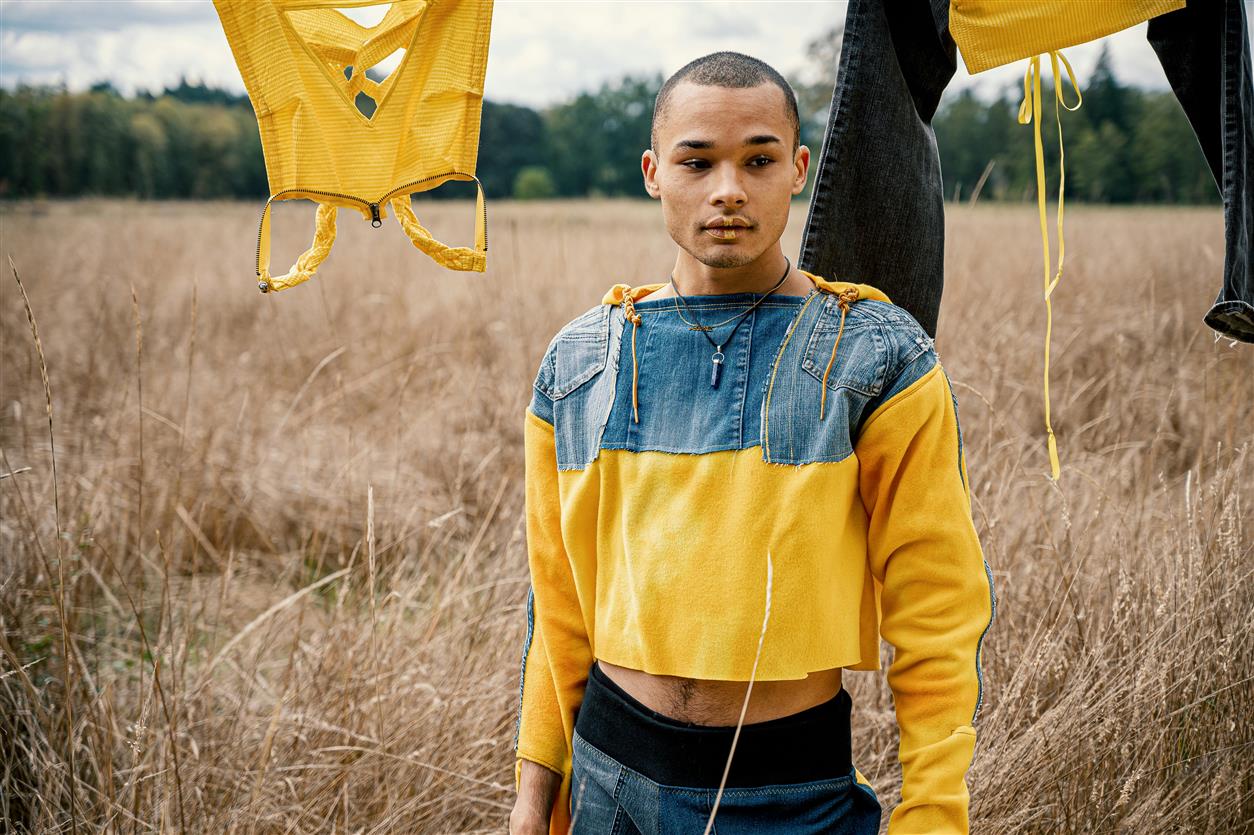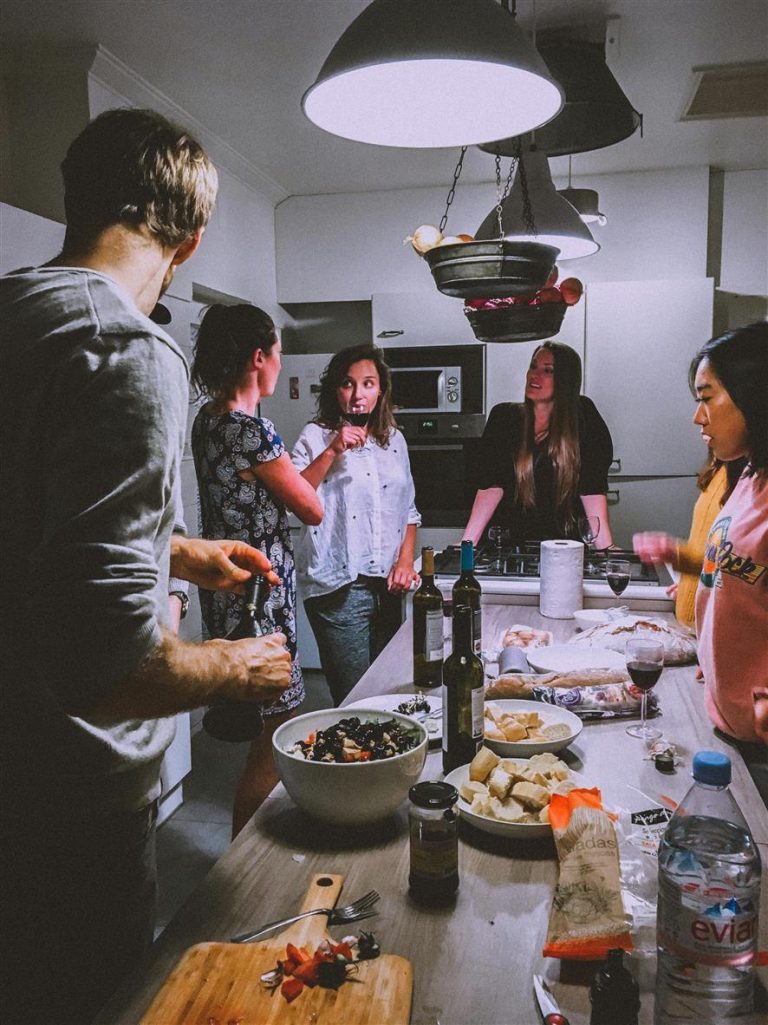
As fashion grapples with its environmental footprint and mounting textile waste, a growing number of brands are turning to upcycling—not just as a niche artistic statement, but as a central business philosophy. In a world drowning in discarded clothes, the appeal of transforming the old into the new has moved beyond aesthetics. It has become a blueprint for a different kind of industry, one where the end of a garment’s life is no longer its final chapter.
Upcycled fashion, once the domain of experimental designers and DIY enthusiasts, is now finding a more stable place in mainstream collections. From major labels repurposing archival materials to independent designers crafting one-of-a-kind pieces from castoffs, upcycling is reshaping how clothing is made, valued, and consumed.

What Is Upcycling in Fashion?
Unlike recycling, which typically breaks down materials to create something entirely new (often at an energy cost), upcycling involves reusing existing garments or textiles to create new pieces—often by cutting, reworking, or combining them in creative ways. It’s not about stripping things back to raw materials, but rather finding beauty and function in what already exists.
This approach challenges the linear fashion model of make-use-dispose. Instead, it favors a looped system where waste becomes raw material, and garments gain second lives. In doing so, it also pushes back against the high-volume, trend-chasing mindset that fast fashion thrives on.
The Economics of Waste
The fashion industry produces around 92 million tons of textile waste annually. Much of it ends up in landfills or incinerators, while only a small percentage is reused or recycled. At the same time, brands continue to produce clothing at a breakneck pace—often more than they can sell.
Upcycling offers a response to this paradox. By turning deadstock fabric, unsold inventory, or discarded garments into fresh designs, brands reduce waste and avoid the financial and environmental cost of sourcing new materials. For smaller labels, it can also offer a more affordable entry point into an industry where fabric costs can be a significant barrier.
But beyond cost savings, upcycling allows for differentiation. Each piece tells a story. In a market saturated with sameness, the uniqueness of upcycled fashion can become a compelling draw for consumers seeking authenticity over mass appeal.
Brands Leading the Way
Several fashion houses and independent designers have embraced upcycling not just as a trend, but as a guiding principle.
Marine Serre has become a reference point for high-concept upcycling. Her collections routinely incorporate secondhand denim, tablecloths, and even old towels, reimagined into sharply tailored, futuristic silhouettes. Each item carries the marks of its past, yet is rendered entirely new in form and intent.
Bode, the New York-based menswear label, builds garments from antique textiles—quilts, curtains, table linens—each steeped in history. Bode’s approach merges craftsmanship with a reverence for memory, creating clothes that feel archival and personal.
On the more accessible end, The R Collective, based in Hong Kong, partners with luxury brands and mills to repurpose high-quality leftover fabric into contemporary womenswear. By diverting deadstock from landfills, the brand turns overproduction into opportunity.
Even major companies are experimenting. Levi’s has collaborated with emerging designers to create upcycled capsule collections. EILEEN FISHER’s “Renew” program takes back worn garments from customers and transforms them into new pieces through mending, over-dyeing, or redesign.
These examples show that upcycling isn’t confined to one style, price point, or aesthetic. It can be experimental or refined, artisanal or scalable—depending on the intent behind it.

Aesthetic of Imperfection
Part of upcycled fashion’s appeal lies in its imperfections. Raw hems, mismatched panels, or visible stitching are not flaws but features—evidence of a garment’s past life. In a world where many items are produced to be visually flawless and disposable, these signs of repair and transformation resonate with a growing audience.
This aesthetic has become a form of quiet resistance to overproduction. It encourages slower, more conscious consumption and invites wearers to value the process behind the product. Every seam, fray, and patch tells a story—not just of the maker, but of the larger system it resists.
That said, the approach isn’t without challenges. Upcycling often demands more time, labor, and design flexibility. Each garment may need to be individually assessed and altered, limiting mass production. For this reason, many upcycled lines remain small-scale or artisanal. Yet some brands are experimenting with systems that allow upcycling at greater volumes, such as modular design or standardized patchwork techniques.

Consumer Perception and Cultural Shifts
Upcycling also requires a cultural shift in how people think about fashion. The idea that clothes must be new, uniform, and untouched is deeply ingrained. For many consumers, upcycled pieces initially seemed like poor substitutes for “real” fashion—eccentric, makeshift, or second-best.
That perception is changing. As conversations about overproduction, climate change, and ethical sourcing become more mainstream, there’s a growing appreciation for clothing that reflects thought and care. Gen Z, in particular, has embraced upcycling and secondhand fashion as part of a broader lifestyle that values transparency and resourcefulness over glossy perfection.
Resale platforms like Depop, Poshmark, and Vestiaire Collective have also helped normalize the idea of pre-loved or reworked fashion. Combined with social media’s appetite for individuality, these platforms have fostered a climate where the uniqueness of upcycled pieces is a selling point, not a drawback.
The Role of Craft and Education
Upcycling places new emphasis on the role of craft in fashion. Designers must think creatively, work with irregular materials, and problem-solve constantly. As such, it offers a counterpoint to the standardization of fashion education and production, which often trains students to follow trends rather than question systems.
Some fashion schools are integrating upcycling into their curriculums, teaching students how to source secondhand materials, deconstruct garments, and work within constraints. This re-skilling is critical if the fashion industry hopes to build a more circular model that moves beyond recycling slogans and into real structural change.
Final Thoughts
Upcycled fashion is not a silver bullet for the industry’s environmental problems. But it offers a practical, immediate path toward reducing waste and rethinking how clothes are valued. It invites a more human pace of creation—one that honors the materials at hand and resists the pull of overproduction.
In leading this shift, brands that upcycle are doing more than crafting garments; they’re telling a different kind of fashion story—one where the past is never thrown away, and the future is made from what remains.






